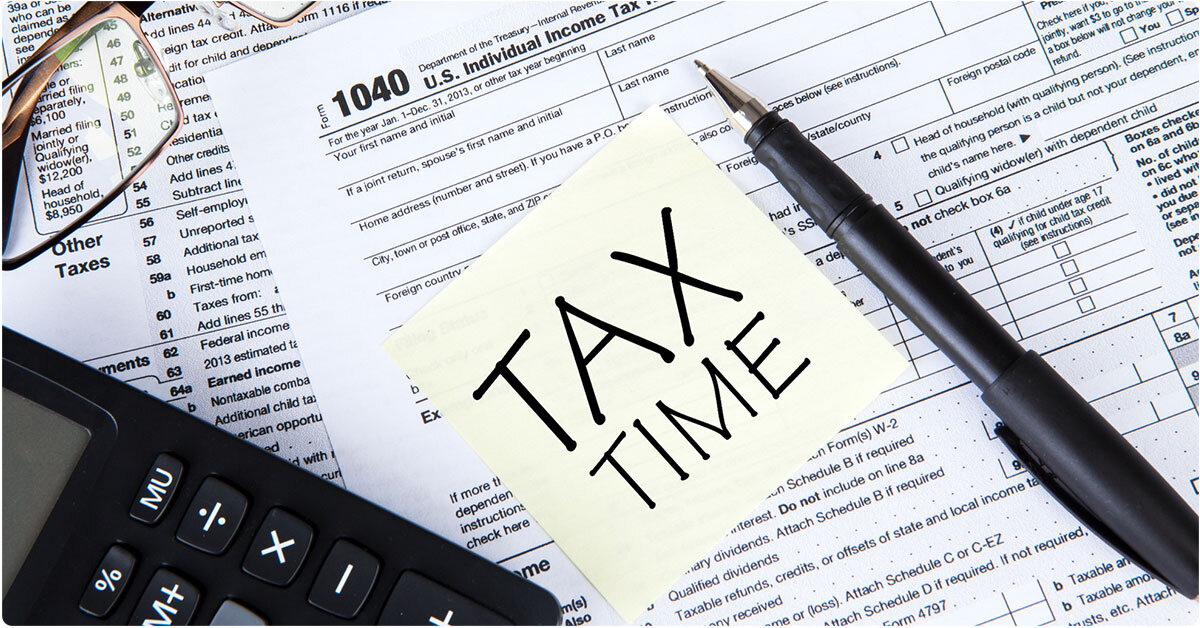 Contributed by: Josh Bitel, CFP®
Contributed by: Josh Bitel, CFP®
Roughly half of 401(k) plans today allow participants to make after-tax contributions. These accounts can be a vehicle for both setting aside more assets that have the ability to grow on a tax-deferred basis and as a way to accumulate assets that may be more tax-advantaged when distributed in retirement.
As you discuss after-tax contributions with your financial advisor, you might consider the idea of setting aside a portion of your salary over and above your pre-tax contributions ($19,500 for people under age 50 and $26,000 for those over 50). By making after-tax contributions to your 401(k) plan now, you could build a source of assets for a potentially tax-efficient Roth conversion.
What to consider:
Does your plan allow for after-tax contributions?
Not all plans do. If an after-tax contribution option is available, details of the option should be included in the summary plan description (SPD) for your plan. If you don’t have a copy of your plan’s SPD, ask your human resources department for a copy or find it on your company’s benefits website. You can also talk to your financial advisor about other ways to obtain plan information, such as by requesting a copy of the complete plan document.
What does “after-tax” mean?
After-tax means you instruct your employer to take a portion of your pay — without lowering your taxable wages for federal income tax purposes — and deposit the amount to a separate after-tax account within your 401(k) plan. The money then has the ability to grow tax-deferred. This process differs from your pre-tax option in which your employer takes a portion of your pay and reduces your reported federal taxable wages by the number of your salary deferrals and deposits the funds to your pre-tax deferral account within the plan.
Are there restrictions?
Even if your plan has an after-tax contribution option, there are limits to the amount of your salary that you can set aside on an after-tax basis. Your after-tax contributions combined with your employee salary deferrals and employer contributions for the year 2021, in total, cannot exceed $58,000 (or $64,500 if you are age 50 or over and making catch-up contributions). Your after-tax contributions could be further limited by the plan document and/or meet certain nondiscrimination testing requirements.
Okay, but how does this help me build Roth assets?
When you are eligible to withdraw your 401(k) after-tax account — which could even be while you are still employed — you can rollover or “convert” it to a Roth IRA or a qualified Roth account in your plan, if available. The contributions you made after-tax may be able to be rolled into a Roth IRA each year, even while you are still employed!
If your plan allows for after-tax contributions and you think they may be right for you, it may be time to chat with your financial advisor.
Josh Bitel, CFP® is a CERTIFIED FINANCIAL PLANNER™ professional at Center for Financial Planning, Inc.® He conducts financial planning analysis for clients and has a special interest in retirement income analysis.
This material is provided for information purposes only and is not a complete description of the securities, markets, or developments referred to in this material. Any opinions are those of the author and not necessarily those of Raymond James. Investing involves risk and you may incur a profit or loss regardless of strategy selected. Raymond James and its advisors do not offer tax or legal advice. You should discuss any tax or legal matters with the appropriate professional.
























